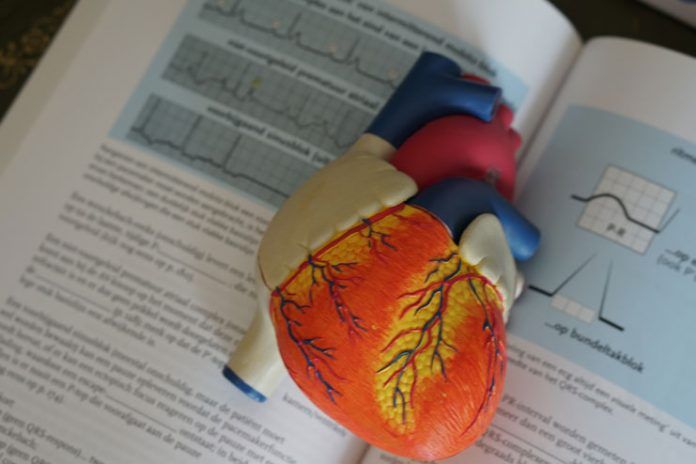Affiliate Disclaimer
Some links in this article are affiliate links. We may earn a small commission if you make a purchase through these links, at no extra cost to you. We only recommend products we find useful to our readersHeart health is on a consistent degrade over the course of time. Heart issues are considered one of the most common reasons behind the mortality rate around the world. Heart toxicity is a subject that many researchers are currently working on to establish better ways to mitigate the condition.
A new study (R) conducted by the researchers from the Temple University Health System found that the diabetes medications which target the excess lipids and the glucose in the blood stream do have benefit for the time being but come with a lot of significant side effects on heart toxicity.
Why this happens is something that the researchers haven’t been able to establish but this recent study seems to provide with a clear picture as to why this could happen. Certain diabetes drugs have been found to have negative toxic impacts on not just the generation but also on the function of the mitochondria.
These drugs, which are known as dual PPARα/γ agonists are believed to have negative impacts on the heart functioning, causing an upsurge in the toxicity.
Lewis Katz School of Medicine at Temple University (LKSOM), the lead author of the study, finally in this recently conducted study was able to establish the fact that the correlation and negative impacts of the diabetes drugs on the heart toxicity occurs because of the effects it has on the functioning of the mitochondria.
Konstantinos Drosatos, PhD, Assistant Professor of Pharmacology and Assistant Professor in the Center for Translational Medicine and the Center for Metabolic Disease Research at LKSOM, who is also the senior author of the study that the agonist drug tesaglitazar was simultaneously activating both PPARα and PPARγ receptors. What this did was end up abrupting the functions of the mitochondrial biogenesis as well as the energy production that is associated around with it.
The researchers also reactivated the SIRT1 with the help of resveratrol which is a popular antioxidant, it was found that there was a salient reduction in the levels of the heart toxicity but at the same time, the effects of the diabetic drug was maintained along the way, which was definitely an added bonus.
The PPARα and PPARγ receptor activation was definitely one of the primary factors involved with the entire process. The PPARα receptor effective goes and binds along to the fibrate molecules which have been found to have beneficial impacts in helping lower the levels of the blood glucose as well as the triglycerides.
On the contrary, the PPARγ receptor focused on regulating the levels of the blood glucose levels in the blood stream, thus further helping round with the prospect of better management of diabetes as well.
Priorly the group of diabetes drugs including thiazolidinediones was found to have impacts in binding along with the PPARγ receptors causing heart toxicity, as it was witnessed before. But, that sole reason was not enough to target out the reason altogether. The lipid and the glucose reduction rate couldn’t have been possible with just one target which was why the other receptor was brought to the forefront.
Dr. Drosatos did wanted to get a better perspective on his findings which was why they treated a series of diabetic mice with dual PPARα/γ agonist tesaglitazar to find its impacts on heart toxicity and how the same can be mitigated effectively.
They found that the mice, irrespective of all the proper medications and such, with lowered levels of glucose and lipids, experienced cardiac dysfunction, making their health worse. When the researched individually assessed the heart tissues, they found a lack of the specific heart protein, cardiac PPARγ coactivator 1-α (PGC1α), which is responsible for mitochondrial biogenesis.
This was what led the researchers to believe that the condition of the heart toxicity because of the diabetes drugs could be because of the labored functioning of the mitochondria in the body. Further studies do need to be conducted to gain better insights on the same.
To see if the condition can be mitigated or not, the researchers again treated the same group of diabetic mice with a combination of resveratrol and the diabetic drug tesaglitazar. It was found that the mice who were treated with this combination did show lesser signs of heart toxicity and their heart cells also did have normal mitochondrial functions in them.
Dr. Drosatos sid that now that they know the relation between the reason behind the heart toxicity with that of the treatment with dual PPARα/γ agonists, it is easier for them to pave the path for the future studies that they are going to conduct furthermore.































